
Salty Sam’s Fun Blog for Children
Number 254
The Tower of London
Hello Everyone

Well, Bill, Bob and l had a lovely time in London visiting Smiley Sid last week so l thought l would tell you about the places we visited while we were there.
ln 2016, London was voted the best city in the world (on Trip Adviser) and this was not for the first time. lt certainly has a lot of tourists that flock to it from all over the world.
A lot of people come to London to study and work as well.
So can you guess what the favourite attraction was in the vote?
Well, it was the Tower of London.
lt certainly is a very interesting place with a wealth of history and hosts over 2 million visitors a year.
ln 2014, it was the scene of a famous art installation when thousands of ceramic poppies spilled out from the walls and around the castle to help us remember the fallen of World War l.
l took Bill and Bob to the Tower on one of our adventures together and l thought l would tell you all about what we found out on our visit this week.
Although today The Tower of London is a very popular tourist attraction housing the magnificent Crown Jewels, some of which are used for coronations and the opening of Parliament (it is believed that valuable royal treasures have been kept there for safe-keeping since 1303), of course, many years ago it was built for a very different function.
Nine hundred years ago, William the Conqueror – no, l don’t think that he was called Bill for short – began to build his fortress. lt started out as a simple stone and wood structure with a surrounding ditch and palisades (tall wooden fences). Then he shipped some especially beautiful stone into London to build a central tower in the architectural style of the day. The foundations were laid in 1078. The walls were built 15 feet thick to give very secure protection.
The Tower of London is now the oldest castle-fortress and prison in Europe.
William was scared that the people of London would attack him because he didn’t feel very welcome after his soldiers had invaded in 1066.
He actually chose to build his fortress in the same place as the Roman Emperor Claudius had built his fortress near a thousand years before and parts of Roman walls can still be seen within the grounds of the Tower today.
The most important stronghold was the Great Tower behind the curtain walls. lt is now called the White Tower because Henry lll whitewashed the outside walls in the 13th century. Henry added a church and great hall to the group of buildings and the Martin Tower (where Colonel Thomas Blood later tried, but failed, to steal the Crown Jewels). Henry also kept a zoo near the drawbridge to impress his visitors.
ln the past, the Tower has housed a menagerie (which means a sort of private zoo) of exotic animals that had been gifted to the monarch until 1835.
The animals were kept for the amusement of the monarch and his courtiers. At one time or another there were elephants, pumas, ostriches, zebras, monkeys and apes. The baboons in particular had a reputation for being very naughty and were allowed to run free around the grounds.
There were lions kept there from the 1100s right up until 1830. Any visitor was greeted by their roars as they entered the gate. Who wouldn’t want lions at their gate roaring at visitors – tee hee hee.
ln 1252, Henry lll was given a polar bear by the King of Norway.
The shackled bear was taken by its keeper down to the River Thames each day to fish for its own food!
The walls of the Tower grew very dark over the centuries because of the grime from pollution. lt was cleaned a while back and is now its original colour. This is probably the most famous part of the Tower of London, however, the complex of buildings spread over 12 acres altogether.
Since that time, it has been used for many purposes and has a long and bloody history.
Henry Vl was murdered in the Wakefield Tower in 1471 during The War of the Roses whilst he was praying.
The two princes, Edward V and Richard Duke of York (12 and 9 years old), the sons of Edward lV, were imprisoned in the Bloody Tower (originally called the Garden Tower) in 1483 and it seems that they never left the tower alive. Two sets of the bones of two young boys were found under a staircase in the reign of Charles ll and were taken to Westminster Abbey for proper burial.
People who work there say their ghosts still haunt the tower, as the voices of children can be heard echoing through the rooms at night long after the visitors have gone home!
Until the 1600s, the Tower of London was used as a royal residence. ln the mid 1600s Britain became a republic for a time after the Civil War and many of the royal treasures were destroyed because they were a symbol of monarchy.
After the Restoration of the Monarch, the Tower became home to mostly new collection of Crown Jewels and can be seen by visitors today.
Nowadays, the Tower belongs to the Queen.
The Royal Mint was situated in the Tower of London until the early 1800s. A mint is a place where coins were made, (or minted). The Tower was also used a lot to store ammunition and military equipment. The proper word for this is an arsenal.
But probably its most famous use was that of a prison where people were sometimes held for execution.
The most famous of these prisoners were Lady Jane Grey who was queen for about a week before Mary l (first daughter of Henry Vlll) claimed the throne and two of Henry’s wives, Anne Boleyn and Katherine Howard, who were also kept there before they were executed.
Sir Thomas Moore, who was at first a friend of Henry Vlll, was put there because he would not accept either the validity of Henry’s divorce from his first wife Catherine of Aragon or Henry’s new position of Head of the Church in England.
Moore was beheaded in 1535.
ln the period after England split from the Church of Rome, the Tower saw the biggest influx of political and religious prisoners to be tortured and killed.
Later, in 1554, Elizabeth; half sister of Mary l, was imprisoned by Mary when she was suspected of plotting to try and remove Mary from the throne.
ln 1603, Sir Walter Raleigh was imprisoned there and kept in quite a comfortable cell. Whilst imprisoned, he wrote his History of the World. He was released in 1616 but then beheaded two years later by James l.
Guy Fawkes was imprisoned, tortured on the rack and then executed there after his failed attempt to blow up the monarch and the House of Lords by detonating gunpowder in the cellars beneath the chamber in 1605.
William Penn who founded Pennsylvania was also a prisoner there for a while.
The prisoners of noble birth were treated quite well as befitted their status, taking with them their servants, but there were many common criminals kept in the gaol as well; and they lived in much worse conditions.
lmportant prisoners were kept in the Beauchamp Tower and you can see the inscriptions they carved on the walls during their stays there.
Often the prisoners would arrive by boat and enter the Tower through the Water Gate. lt is now called Traitors’ Gate and can be clearly seen from the river and the opposite bank.
Some beheadings took place privately on Tower Green. This is an enclosure inside the Tower where the three queens: Lady Jane Grey, Anne Boleyn and Katherine Howard and others were executed. Otherwise executions were performed publically on Tower Hill which is the other side of the river with a crowd watching for the entertainment!
Most of bodies were buried under the flagstones in the St Peters Chapel inside the Tower without ceremony.
ln the late 18th and 19th centuries the tower wasn’t used very much to house prisoners. However, during the war, Rudolf Hess, a deputy of Adolf Hitler was held there for a while in 1941, and the last prisoner ever to be executed in the Tower, Josef Jakobs, was executed in 1941.
Another famous sight in the Tower is the Yeoman Warders who are dressed in distinctive uniforms or red or black. They act as guards and guides. (The Tower first) became a tourist attraction in Victorian times.
Scottish woman Moira Cameron made history in 2007 when she became the first female Yeoman Warder.
And of course the eight ravens – a legend says that if they leave the tower the monarchy and the kingdom will fall. The ravens all have names.
Legend has it Charles ll was the first monarch to give the ravens a protected status even though the royal astronomer complained that they left droppings on his telescope which interfered with his work.
At first, Charles agreed to move the ravens but he was reminded of the superstition surrounding the ravens and because he had been plagued by bad luck during his reign (the plague of 1665 and the conflagration of 1666) he changed his mind.
The ravens stayed, and the Royal Observatory was moved from one of the Tower’s turrets to Greenwich!
The ravens have their own appointed keeper who feeds them throughout the day and they are kept in boxes at night.
Nowadays, the birds’ feathers are clipped so that they can’t fly away – better to be safe than sorry.
Some people say that this story was made up in Victorian times by tourist guides, as there was no mention of ravens in the records relating to the menagerie – but who really knows?
The Bell Tower was built in the 1200s. The bell at the top was originally rung to sound an alarm. The drawbridges were raised, the portcullises dropped and the gates were locked shut.
Now it is sounded to tell visitors it is time to leave.
lt is then time for the Ceremony of the Keys. This is the ceremony that takes place as the castle is locked up for the night – and it has taken place every night without fail for over seven hundred years.
Anyone can ask for a ticket to witness the ceremony. They are issued free of charge, but you have to book well in advance because it is a popular attraction!
More about our trip next week…
Bye bye everyone – don’t forget to subscribe to my blog!
lf you like my blog, please support it by telling all your friends and followers about it.
Thank you!
And see you again next Fun Friday!
Love and kisses
Salty Sam

www.christina-sinclair.com


Bill and Bob’s Joke of the Week![]()
![]()
Bob: What do you get when you cross a lion with a guard dog?
Bill: l don’t know. What do you get when you cross a lion with a guard dog?
Bob: A terrified postman!
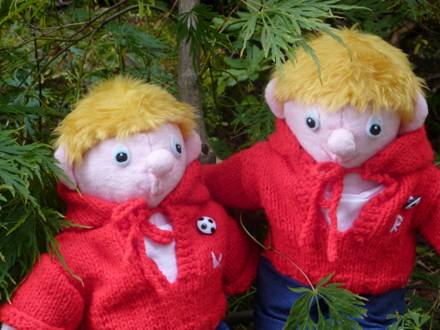
Salty Sam © Christina Sinclair 2015
Unauthorized use and/or duplication of material from this blog without express and written permission from this blog’s author and owner is strictly prohibited.
Links may be used to www.christina-sinclair.com

Picture Gallery
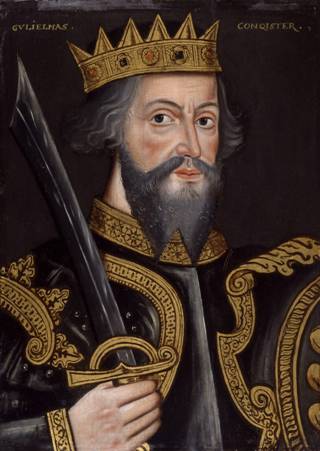 William the Conqueror
William the Conqueror
 Emperor Claudius
Emperor Claudius
 The princes in the Tower
The princes in the Tower
 Charles II
Charles II
The Monarch’s crown
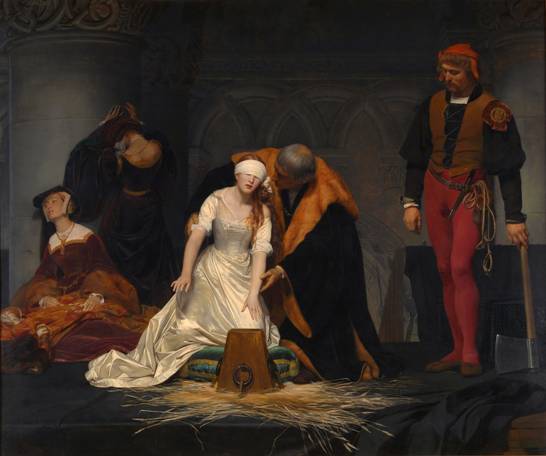 Lady Jane Grey
Lady Jane Grey
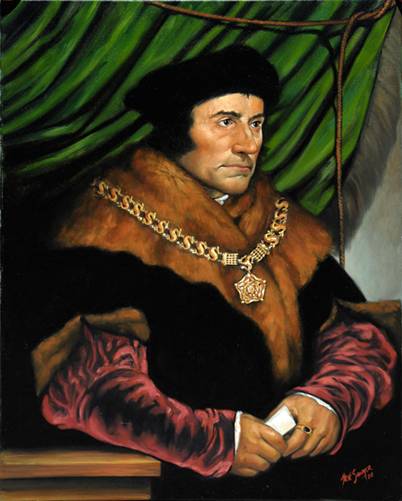 Sir Thomas Moore
Sir Thomas Moore
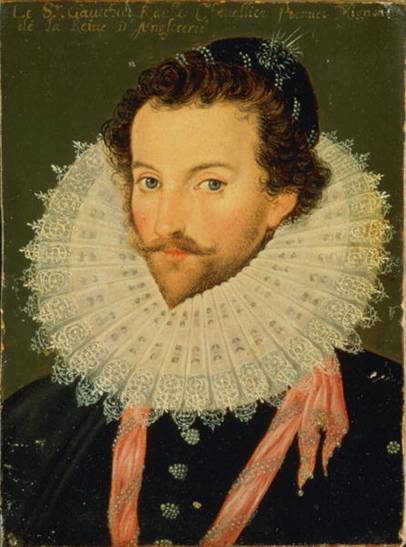 Sir Walter Raleigh
Sir Walter Raleigh
 James I
James I
 Guy Fawkes and his confederates
Guy Fawkes and his confederates
 William Penn
William Penn
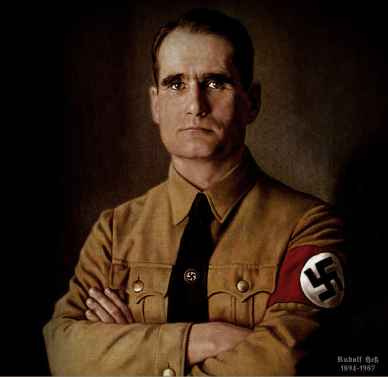 Rudolf Hess
Rudolf Hess
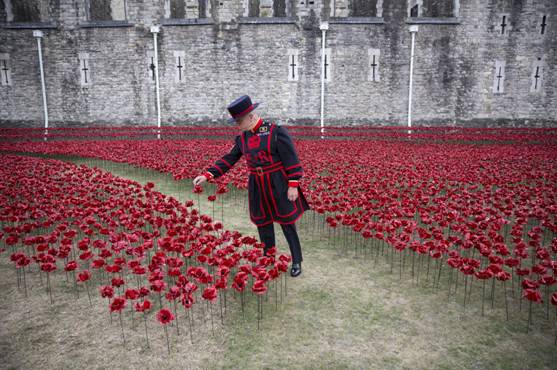 A warden at the Tower
A warden at the Tower
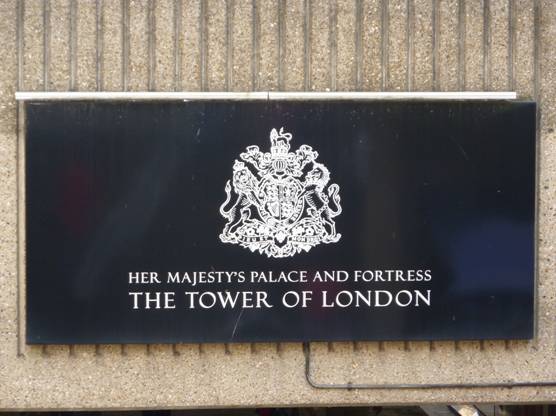 Nearest tube station is Tower Hill
Nearest tube station is Tower Hill
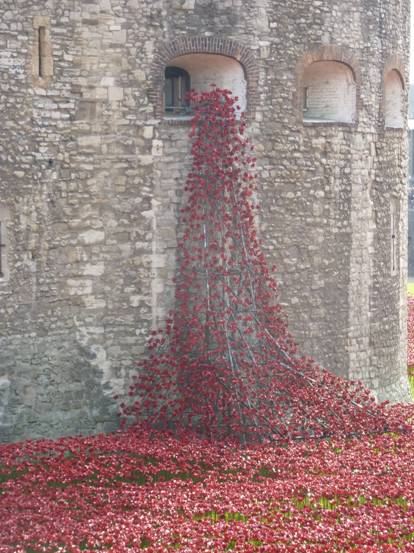 The World War I commemorations at the Tower of London in 2014
The World War I commemorations at the Tower of London in 2014
 A field of nearly 900,000 poppies spilling out
A field of nearly 900,000 poppies spilling out
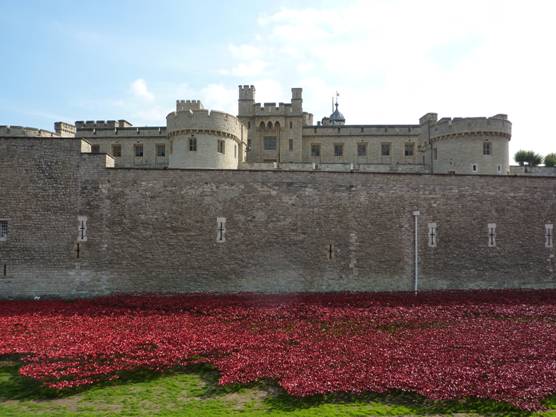 And around the curtain walls
And around the curtain walls


 THE SALTY SAM NEWS DESK
THE SALTY SAM NEWS DESK

If you ever play cards, you will notice that there are people on some of the cards and then the rest have numbers.
Playing with things that have numbers on them gives you good practice at seeing what numbers look like.
To see the pattern of the numbers on the cards rather that just the number written down gives you a better sense of numbers.
There are games you can play with other people but there are games that you can play by yourself as well.

Two games that are really easy to play are Patience and Pairs.
You can get Patience as a computer game but if you use playing cards you will get less help and so you will need to pay attention more and this will help to sharpen your brain in a certain way. If the winter weather stops you from going out to play, you will need to find things to amuse yourself indoors.
This is how you play Patience…
You first shuffle the cards and put seven piles of cards in a horizontal line in front of you.
The pile on the left has one card, the one next to it has two and the one to the right of that will have three – and so on so that the one on the far right will have seven.
Turn each top card to be facing upwards.
The process of the games is to put red on black and black on red.
Smaller numbers go on top of larger ones.
You aim to line numbers up.
If you use up one of the seven piles (move it to a different place), you will create a gap and in this you can lay down any kings that appear.
You are aiming to end up with four piles of numbers with kings at the bottom, the queens will be on top on them and jacks on top of them and tens on top of them and so on.
If you turn up an ace, you can start new piles up above the seven piles – if you are lucky you will create four piles with aces at the bottom of these piles and you can start putting twos and then threes on the top of them, but this time they must be of the same suit – so hearts must be together for example.
You will not be able to finish the game every time – mostly you will get stuck and you will not be able to put all your cards face up onto the table.
When you can go no further you have to collect up the cards and shuffle and start again.
So to start the game…
When you have your seven piles lined up ready, you lay down the rest of the cards beneath them three at a time facing upwards so that you can see what they are. You can only play the card that is at the top of the pile of three. If that is removed you can play the one underneath and so on.
In the game in the picture, the next card to play is the two of spades and because there is neither an ace of spades at the top – nor a red three to put it on on one of the seven piles, three more cards have to be selected from the top of the rest of the deck.
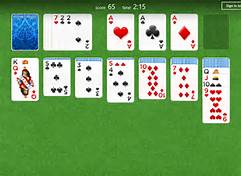
The other thing you can do is to lay all the cards face down on the table in a big muddle.
Pick up one card and then another and see if you can get a pair of numbers.
If you can’t, then put both cards down again and then take another two.
Keep doing this trying to remember where you saw all the numbers – and then pair up the whole deck as quickly as you can.
If you play with other people and take it in turns to look at two cards, you can see who ends up with the most pairs to win. If you find a pair, you can have another go at choosing two cards.
This is a good test for using your memory.
You need to be lucky and clever.


*********************
TO ADVERTISE ON THIS BLOG
PLEASE CONTACT:
christina.sinclair.ads@aol.co.uk
*********************


Quick Quiz

This is not London Bridge
Do you know these London Bridges?
Next to the Tower of London, it opens in the middle to let big boats through –
T _ _ _ _ Bridge.
The first one was built by the Romans and the one before the current one was taken to the Arizona Desert –
L _ _ _ _ _ Bridge.
This is a foot bridge that takes people between the Tate Modern and St Paul’s Cathedral –
M _ _ _ _ _ _ _ _ _ Bridge.
This is a road bridge named after an order of monks that used to live in the area –
B _ _ _ _ _ _ _ _ _ _ Bridge.
This is a very-photographed bridge because it runs across the river just by the Palace of Westminster. lt has very old-fashioned lamps on it –
W _ _ _ _ _ _ _ _ _ _ Bridge.
This road bridge is painted red to match the colour of the seats of the House of Lords. The pavements are made of flagstones –
L _ _ _ _ _ _ Bridge.
This bridge was painted pink so that it could be seen easily by river craft in poor light and is lit by thousands of light bulbs at night. lt has the nickname of ‘The Trembling Lady’ and has a notice on it warning troops to walk across it rather than march so that they don’t make it vibrate too much –
A _ _ _ _ _ Bridge.
This bridge is famously the least-used road bridge in Central London, so a good one to use if you don’t want to get stuck in a traffic jam –
S _ _ _ _ _ _ _ _ Bridge.
This bridge was built almost entirely by women when there was a shortage of men to do it during WWll. lt was completed in 1945 and is sometimes called ‘the ladies’ bridge’. Some people think it has the best view of London from any bridge but it is very windy there in the winter –
W _ _ _ _ _ _ _ Bridge.

Question 7



lt’s the Weekend!


- Pull in the base of the snowman
- Sew up the back seam using over-sew stitching with right sides together
- Turn right way out
- Stuff the body
- Weave the yarn through the cast on row and pull the top of the head in tightly, then secure the yarn
- Pull a length of white yarn tightly around the bottom of the head to make a neck – securing the yarn into the back of the neck
- Sew on a face and some sequin buttons
- Put a scarf around the neck and secure with a couple of stitches of yarn
- Sew up the back seam of the hat with right sides together then turn right side out and bind some white yarn around the base of the bobble – secure this yarn tightly
- Secure a loop of green thread to the top of the hat
- Sew the hat onto the top of the head

Please note that the material on this blog is for personal use and for use in classrooms only.
It is a copyright infringement and, therefore, illegal under international law to sell items made with these patterns.
Use of the toys and projects is at your own risk.
©Christina Sinclair Designs 2015


Quick Quiz Answers
- T o w e r Bridge.
- L o n d o n Bridge.
- M i l l e n n i u m Bridge.
- B l a c k f r i a r s Bridge.
- W e s t m i n s t e r Bridge.
- L a m b e t h Bridge.
- A l b e r t Bridge.
- S o u t h w a r k Bridge.
- W a t e r l o o Bridge.

Tower Bridge

Lamps on Westminster Bridge
(Rabe)

Tower Bridge

London Bridge

Millennium Bridge

Blackfriars Bridge

Westminster Bridge

Lambeth Bridge

Southwark Bridge

Waterloo Bridge


